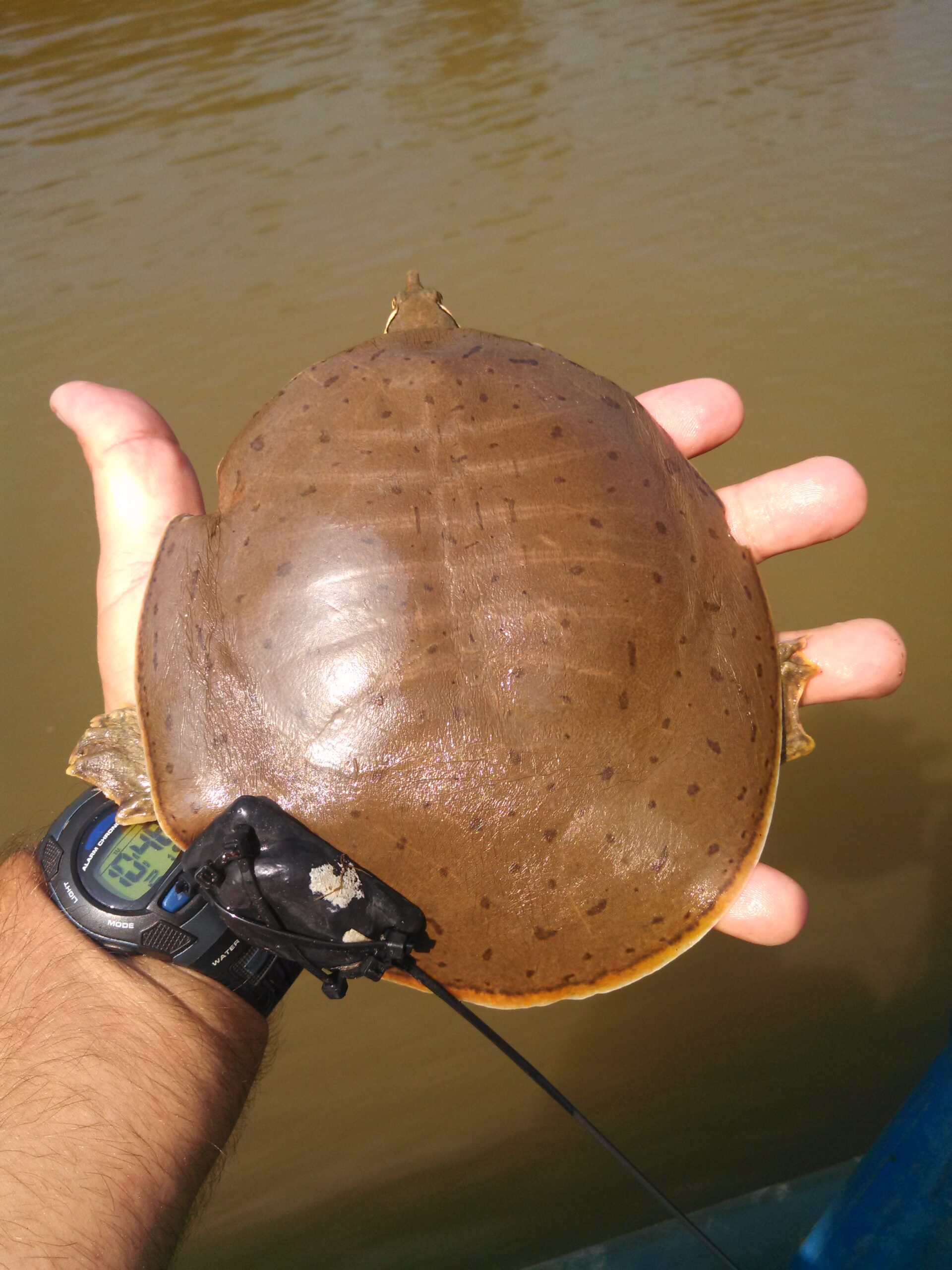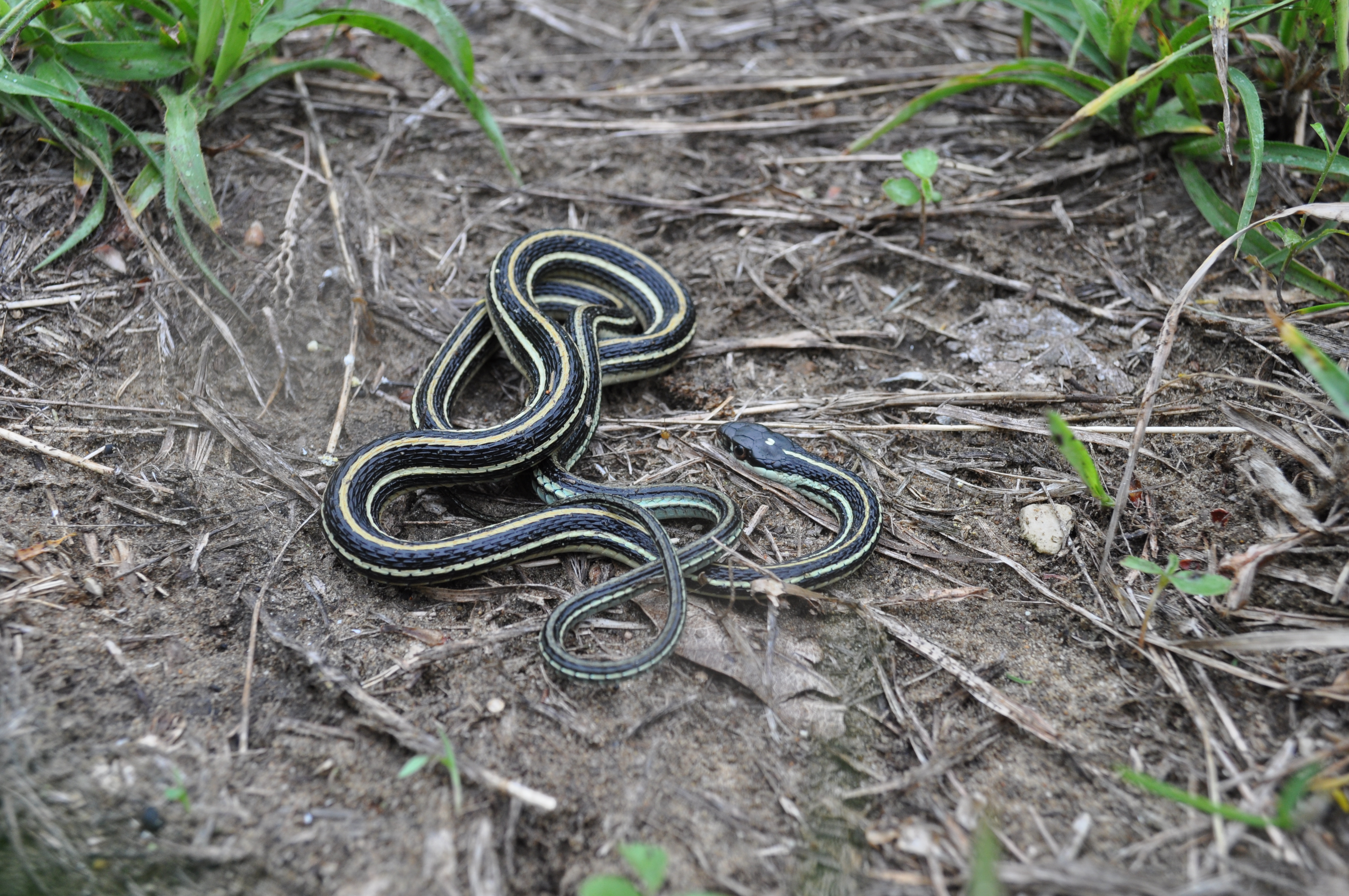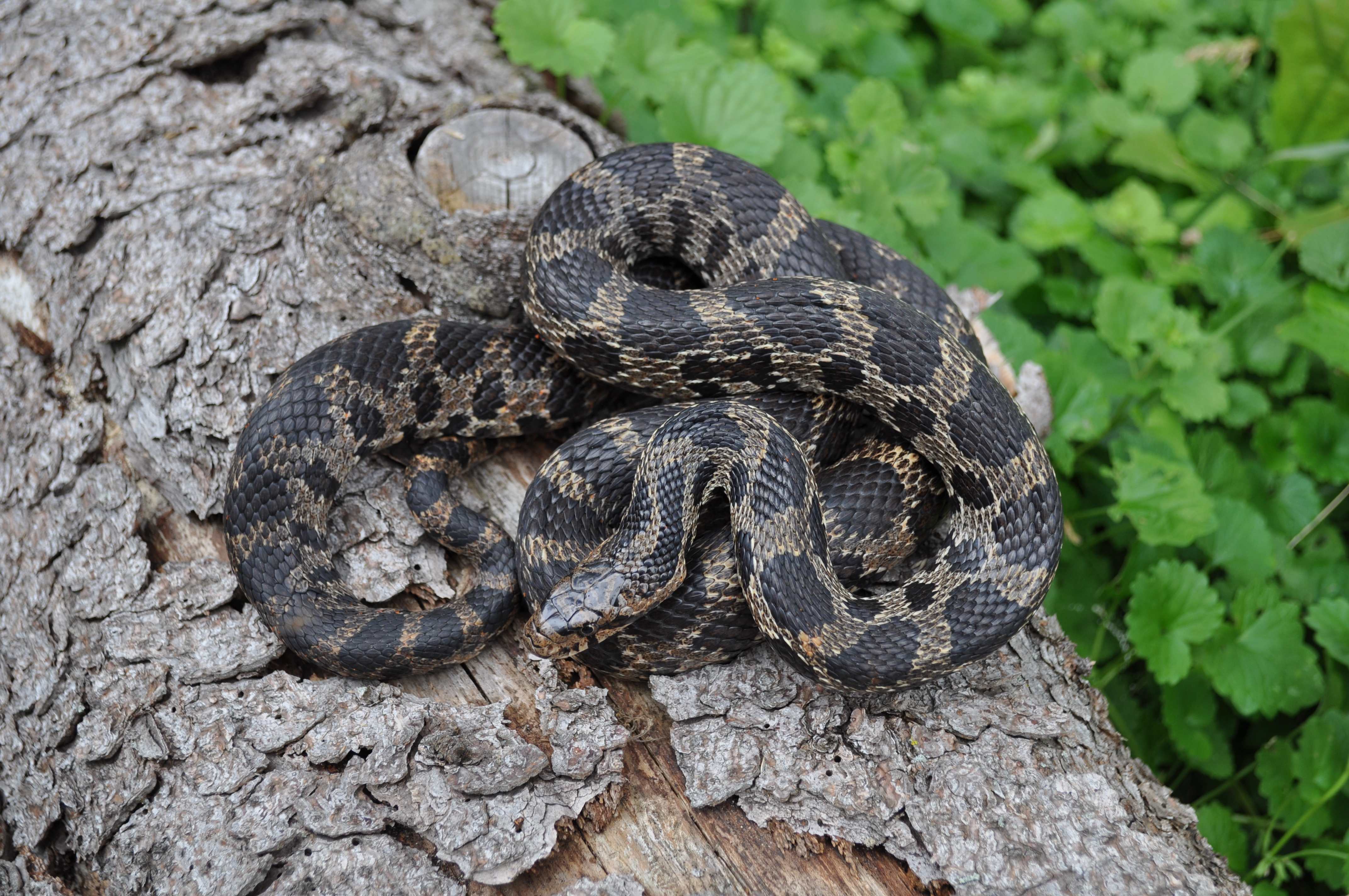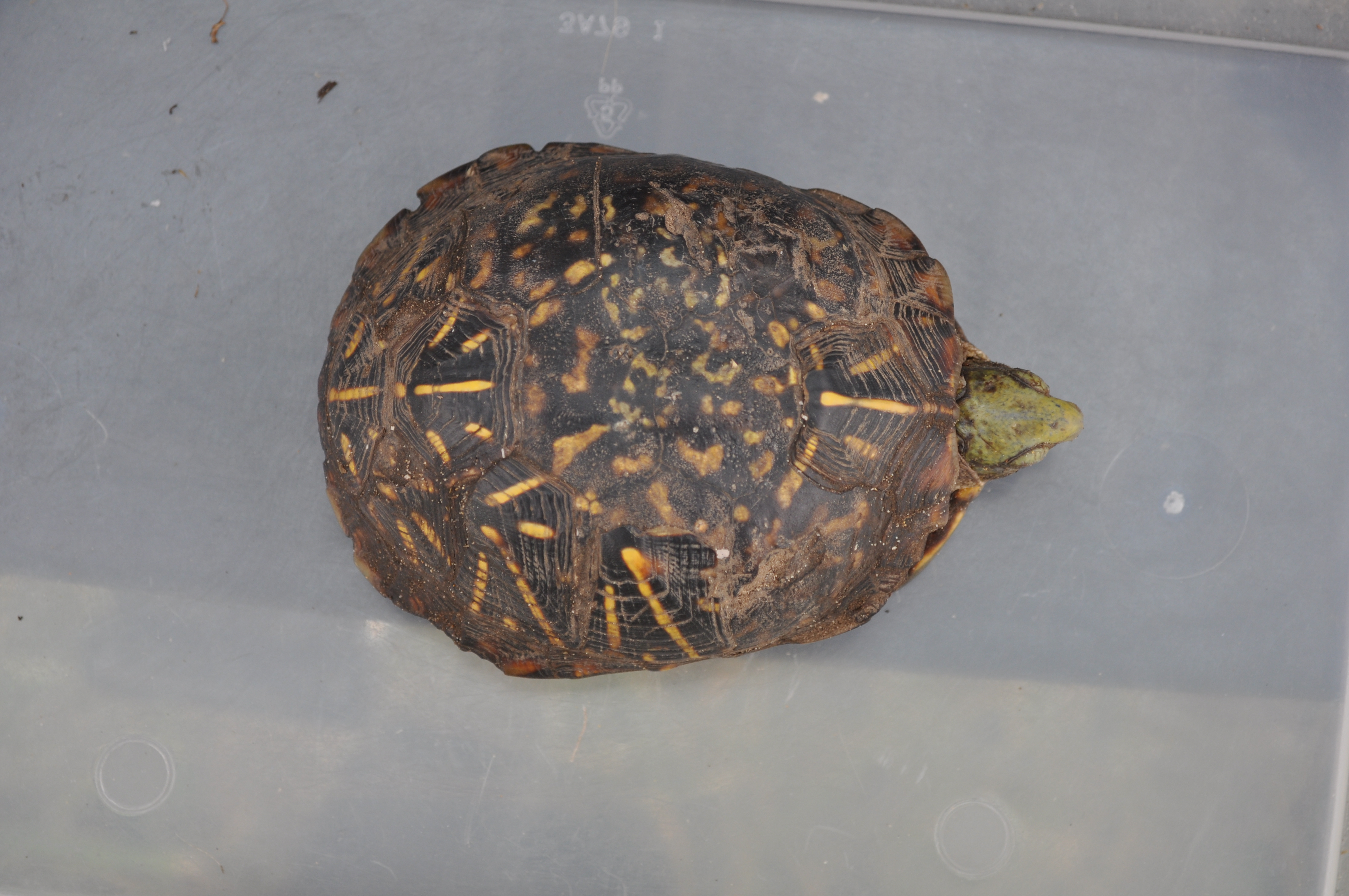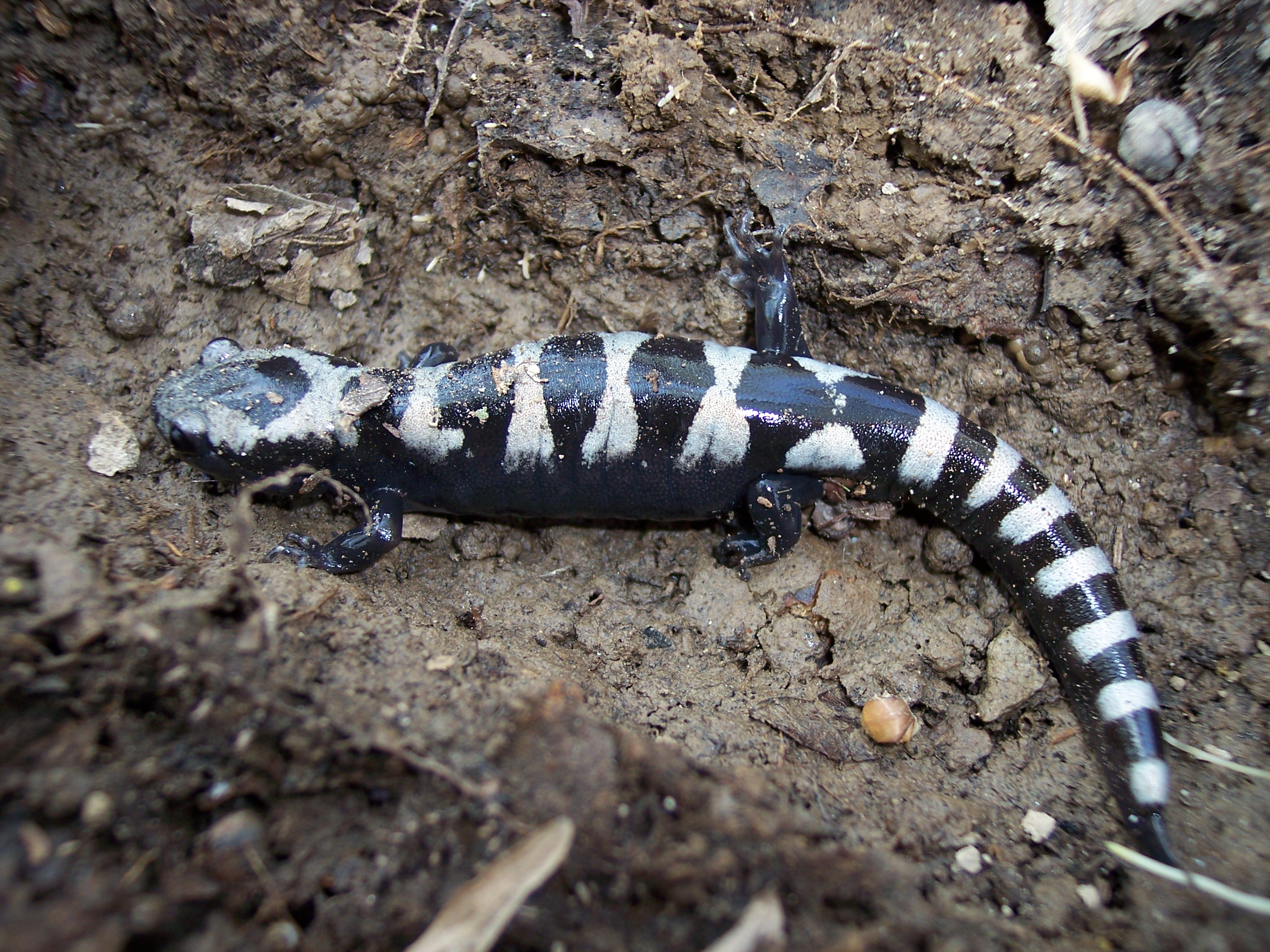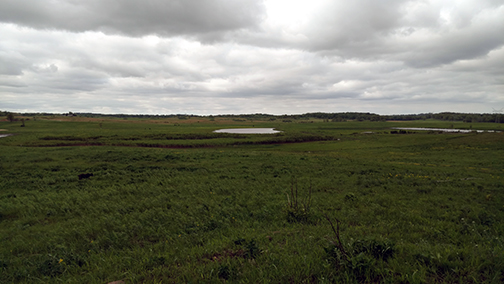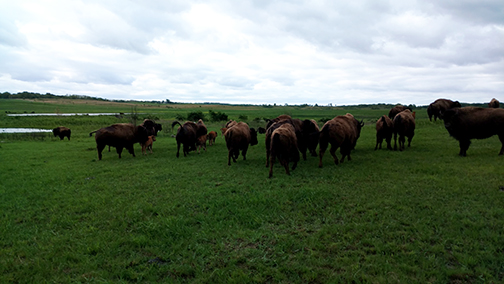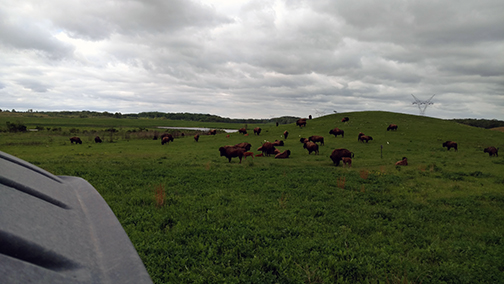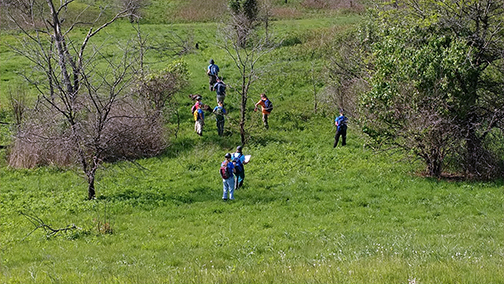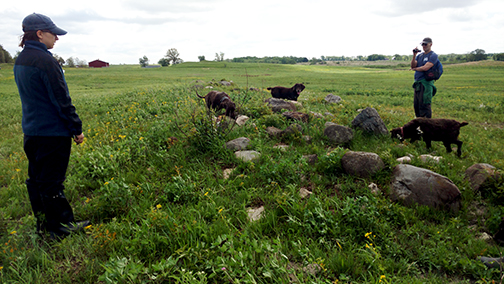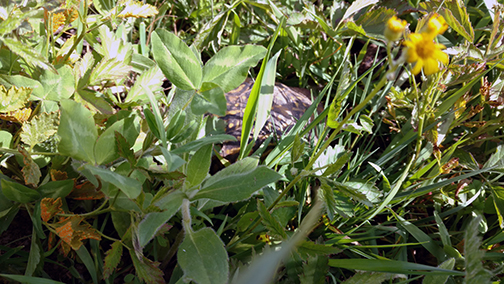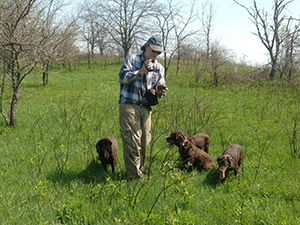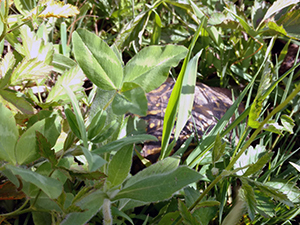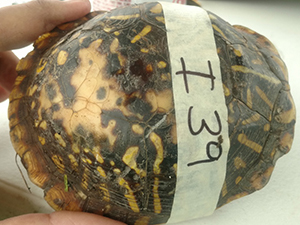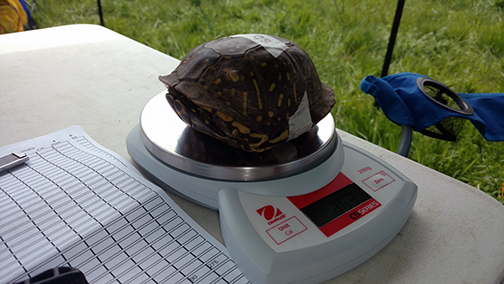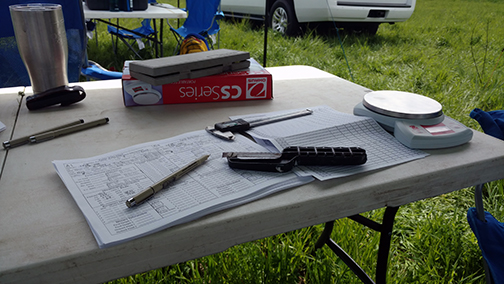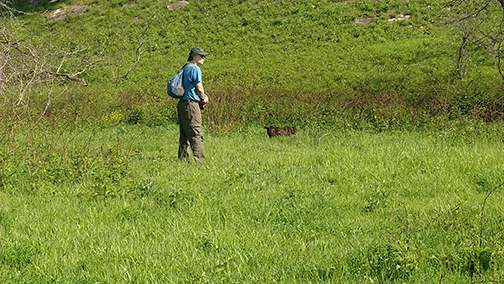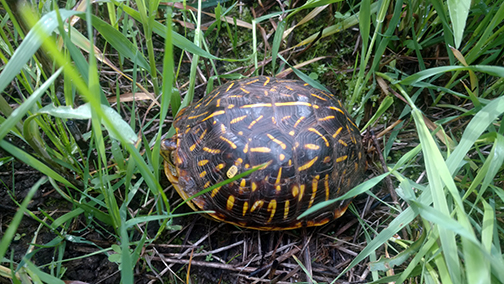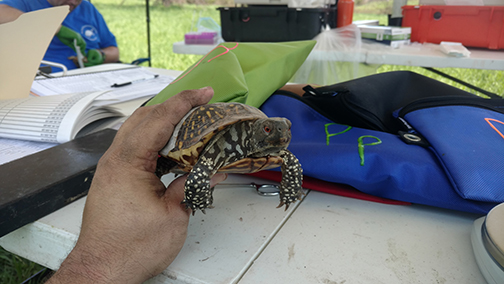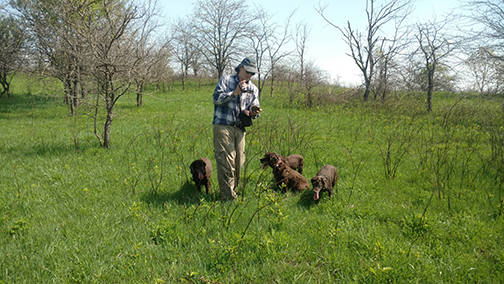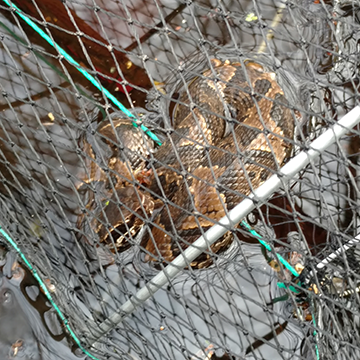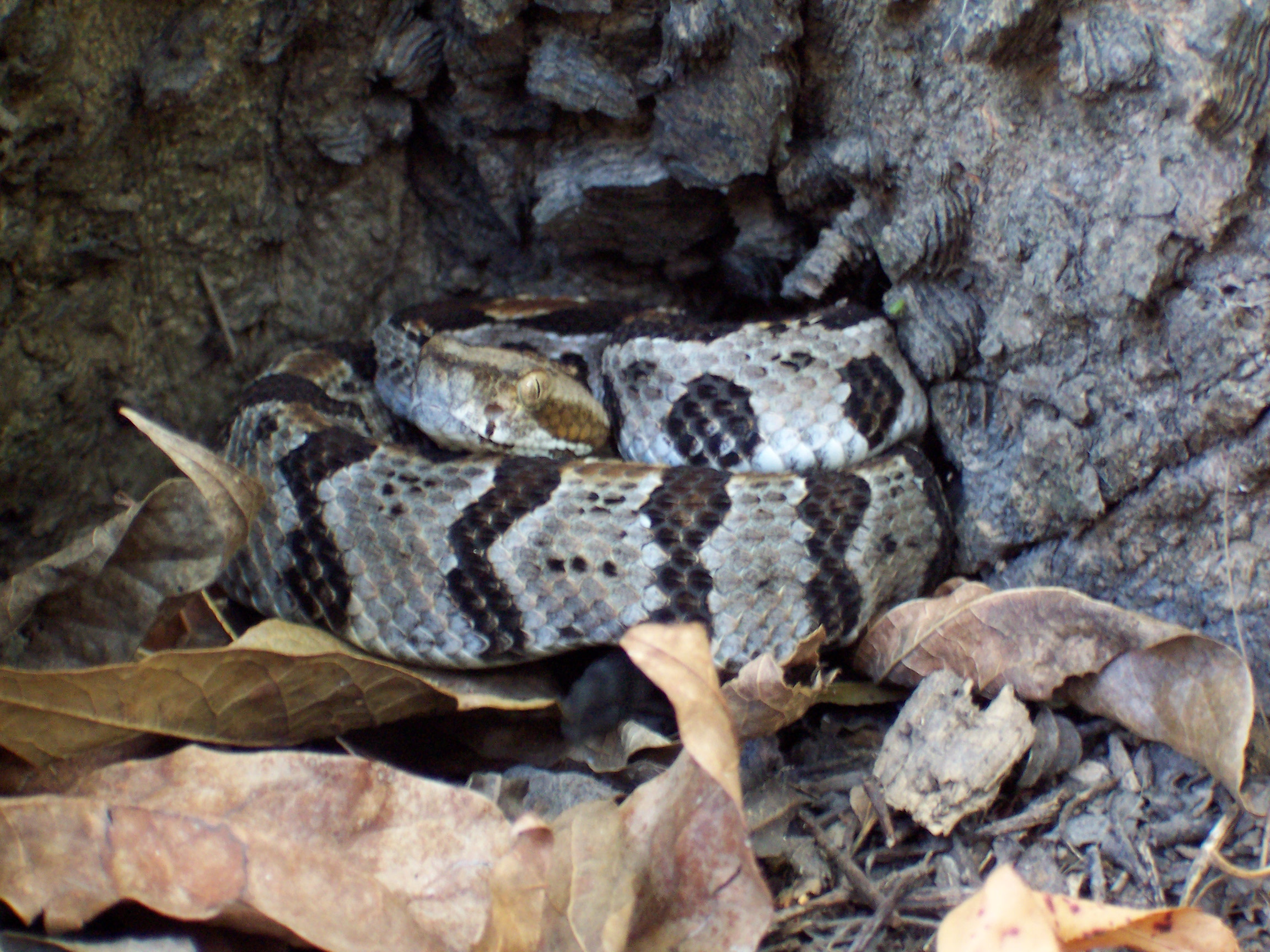- Jellen, B. C., C. A. Phillips, M. J. Dreslik, and D. B. Shepard.2007. SISTRURUS CATENATUS (Eastern Massasauga). REPRODUCTION. Herpetological Review. 38:343–344.
- Baker, S. J., D. Kirk, C. E. Schmidt, and M. J. Dreslik. 2007.REGINA GRAHAMII. (Graham’s Crayfish Snake). Herpetological Review. 38:105–106.
- Dreslik, M. J., and C. A. Phillips. Clemmy guttata (Schneider). 2006. Pp 69. In Nyböer, R. W., J. R. Herkert, and J. E. Ebinger (eds.). Endangered and threatened species of Illinois: Status and distribution, Volume 2 – Animals. Illinois Endangered Species Protection Board. Springfield, Illinois. 181 pp.
- Dreslik, M. J., and C. A. Phillips. Emydoidea blandingii (Holbrook). 2006. Pp 73. In Nyböer, R. W., J. R. Herkert, and J. E. Ebinger (eds.). Endangered and threatened species of Illinois: Status and distribution, Volume 2 – Animals. Illinois Endangered Species Protection Board. Springfield, Illinois. 181 pp.
- Dreslik, M. J., and C. A. Phillips. 2006. Kinosternon flavescens (Agassiz). Pp 77. In Nyböer, R. W., J. R. Herkert, and J. E. Ebinger (eds.). Endangered and threatened species of Illinois: Status and distribution, Volume 2 – Animals. Illinois Endangered Species Protection Board. Springfield, Illinois. 181 pp.
- Dreslik, M. J., and C. A. Phillips. 2006. Macrochelys temminckii (Harlan). Pp 78. In Nyböer, R. W., J. R. Herkert, and J. E. Ebinger (eds.). Endangered and threatened species of Illinois: Status and distribution, Volume 2 – Animals. Illinois Endangered Species Protection Board. Springfield, Illinois. 181 pp.
- Dreslik, M. J., and C. A. Phillips. 2006. Pseudemys concinna (Le Conte). Pp 82. In Nyböer, R. W., J. R. Herkert, and J. E. Ebinger (eds.). Endangered and threatened species of Illinois: Status and distribution, Volume 2 – Animals. Illinois Endangered Species Protection Board. Springfield, Illinois. 181 pp.
- Dreslik, M. J., and J. M. Mui. 2005. Pseudacris crucifer crucifer (Northern Spring Peeper): Aggressive behavior. Herpetological Review. 36:45.
- Anton, T. G., D. Mauger, C. A. Phillips, M. J. Dreslik, J. E. Petzing, A. R. Kuhns, and J. M. Mui. 2003. Clonophis kirtlandii (Kirtland’s snake): Aggregating behavior and site fidelity. Herpetological Review. 34:248–249.
- Shepard, D. B., M. J. Dreslik, C. A. Phillips, and B. C. Jellen. 2003. Sistrurus catenatus catenatus (Eastern Massasauga): Male–Male Aggression. Herpetological Review. 34:155–156.
- Dreslik, M. J. 1997. An inexpensive method for creating spaghetti tags for marking trionychid turtles. Herpetological Review. 28:33.
- Dreslik, M. J. 1997. A note on the foraging behavior of Pseudemys concinna. Bulletin of the Chicago Herpetological Society. 32:105.
Author: Michael J. Dreslik
Ecological Dynamics of Pond-Breeding Ambystoma
I began research under the direction of Dr. Christopher A. Phillips on the dynamics of a pond-breeding Ambystoma assemblage in west central Illinois. The assemblage consisted of four species, Spotted Salamander (A. maculatum), Marbled Salamander (A. opacum), Silvery Salamander (A. platineum), and Small-Mouthed Salamander (A. texanum). It was a collaborative effort that included Jennifer Mui’s thesis and focused on the timing of migration, population sizes, the directionality of migration, and factors affecting emigration of metamorphs. Other collaborators that worked on the project were Dr. Johnathan A. Crawford, Dr. Jarret R. Johnson, and Andrew R. Kuhns.
Demographics of the Ornate Box Turtle (Terrapene ornata)
In Illinois, the Ornate Box Turtle has suffered from drastic habitat loss as prairies were converted to row crop agriculture. The resultant conversion has left many populations situated in a highly fragmented landscape. Such high fragmentation and insularization have left populations isolated and susceptible to small population dynamics. There are only a few places in Illinois where Ornate Box Turtle populations are considered robust. The demography project aims to gather data from two of these larger populations which will then be used to inform conservation efforts. The collaborative project was initiated at Nachusa Grasslands by Dr. Matthew Allender in 2016 and has now broadened to include demographics as well as wellness. Dr. Christopher A. Phillips, Dr. Sarah Baker, and Andrew Kuhns are also assisting with the fieldwork and design of the project. All the work could not have been completed with our Mr. Rucker and his amazing Boykin Spaniel team. With funds provided from a State Wildlife Initiative Grant, Devin Edmonds will be exploring the demography for his Master’s Thesis.
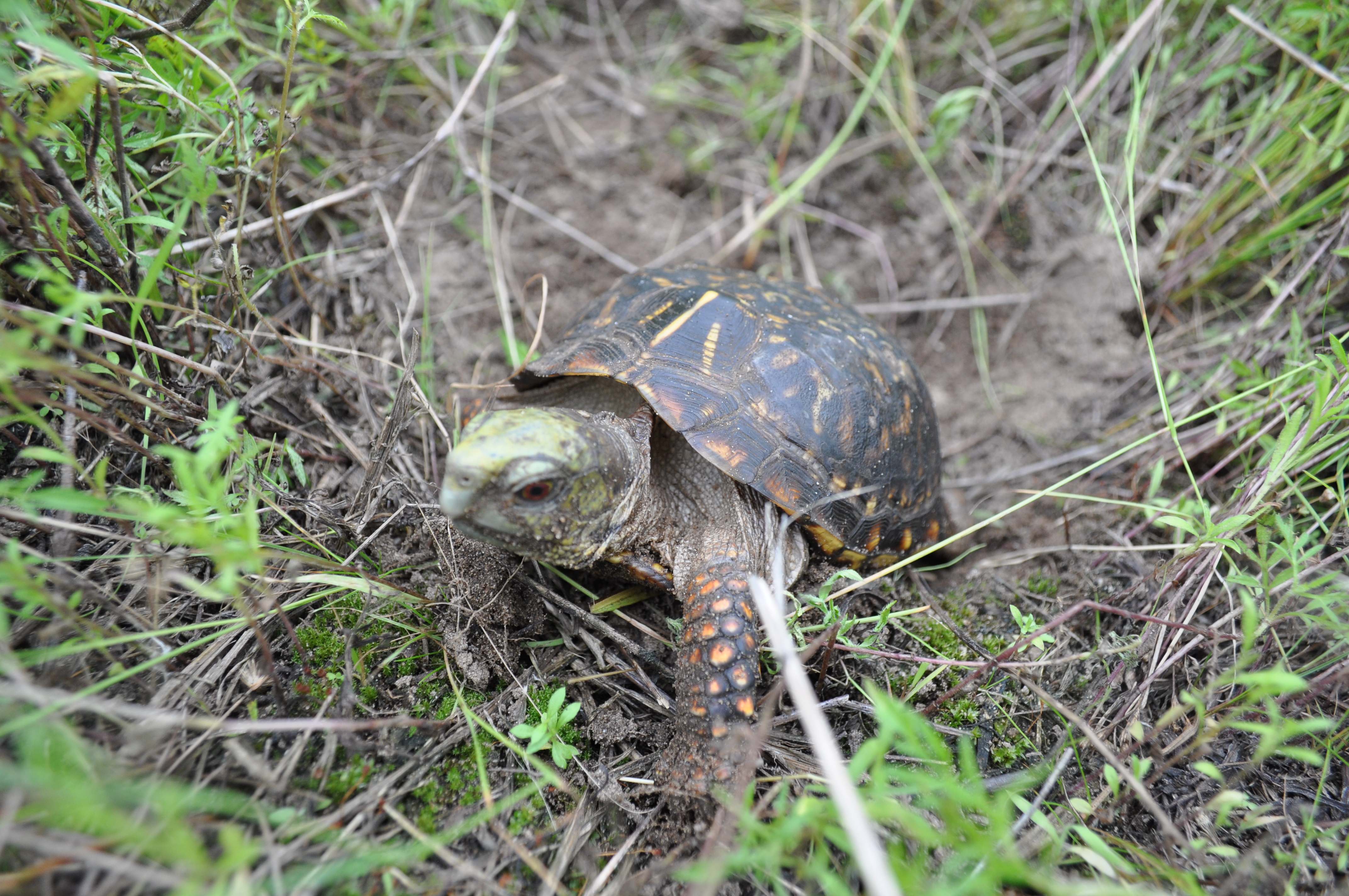
Assessment of SGCN Herpetofauna in Bottomland Forests and Swamps
Our collaborative project led by Dr. John A. Crawford at the National Great Rivers Research and Education Center. With Dr. Christopher A. Phillips, Andrew Kuhns, and myself as co-investigators, the project seeks to provide current information on the status of amphibian and reptile Species in Greatest Conservation Need (SGCN) using the unique bottomland and swamp habitats of southern Illinois. Our three-year project will provide land management agencies a ranking of the quality of these habitats for herpetofauna. Also, the results of the project will provide updated distributional and abundance information for herpetofauna using these unique habitats.
Critical Conservation Needs of Illinois’ Imperiled Herpetofauna
A recent project I am leading will assess the conservation needs and data gaps present for Illinois’ imperiled herpetofauna. The work is in collaboration with Dr. Christopher A. Phillips, Dr. Johnathan A. Crawford, Andrew Kuhns, and Jennifer Mui and will help guide future conservation efforts under the revised Illinois Wildlife Action Plan. The goal is to assess each SGCN amphibian reptile species in the state and determine what measures require enacting for their recovery or stabilization. The work will be done through workshops with taxa experts within Illinois. Once measures are outlined and data gaps assessed, the most critical species will receive conservation planning.
Demography and Viability of the Spotted Turtle (Clemmys gutatta)
Research on the Spotted Turtle in Illinois began in 1988 by David Mauger and Dr. Edward O. Moll. The effort into understanding their population dynamics and spatial ecology has continued, and the project has become a multi-collaborator project. In the early phases, the research was led by collaborator Dr. Thomas P. Wilson, who continues to collaborate. Now with a long-term data set, we can answer demographic questions about the demography, life history, and viability of this species at its southern range limit. The culmination of the research represents a major portion of Christina Feng’s thesis work and will better guide conservation and management decisions for this rare Illinois turtle.

